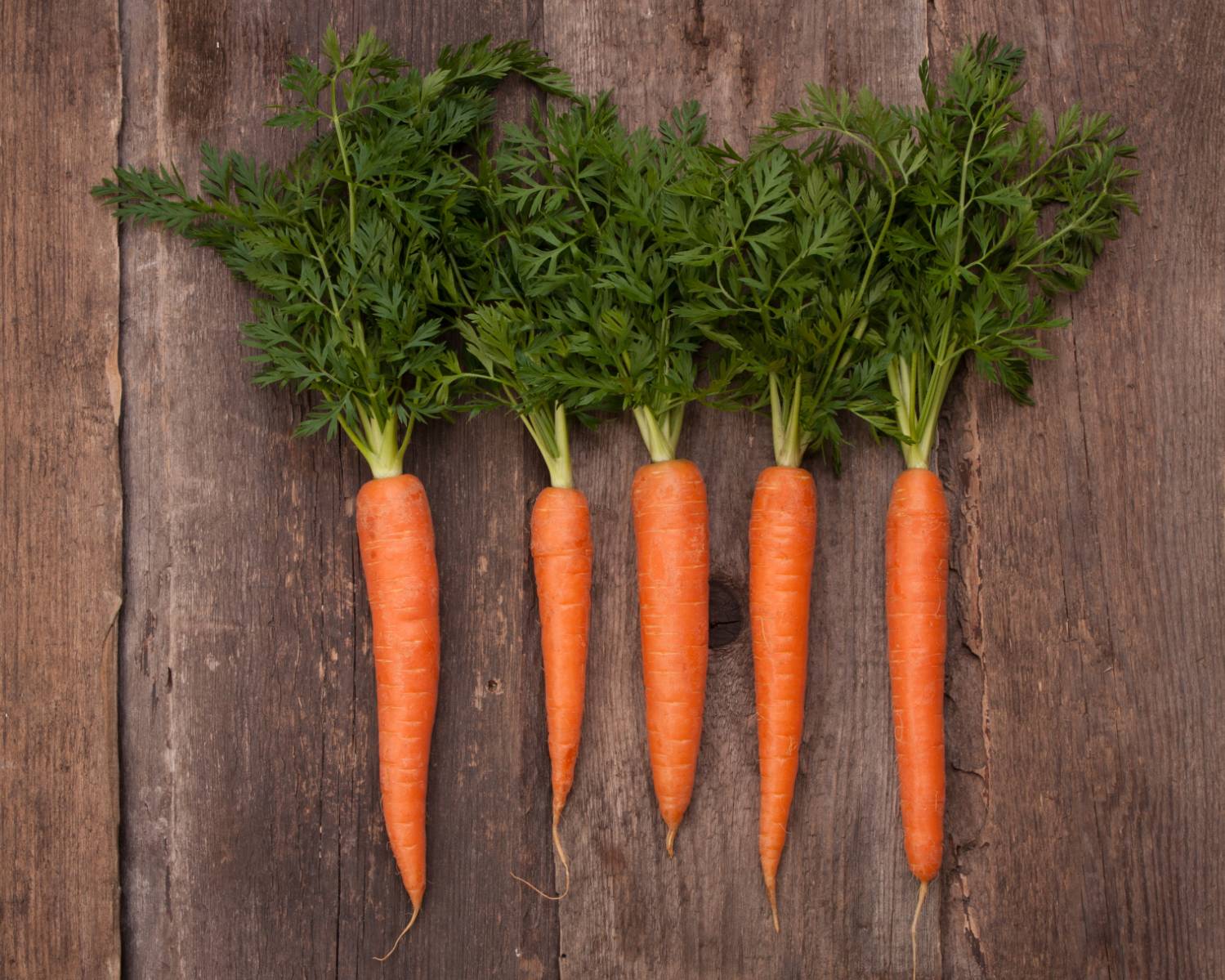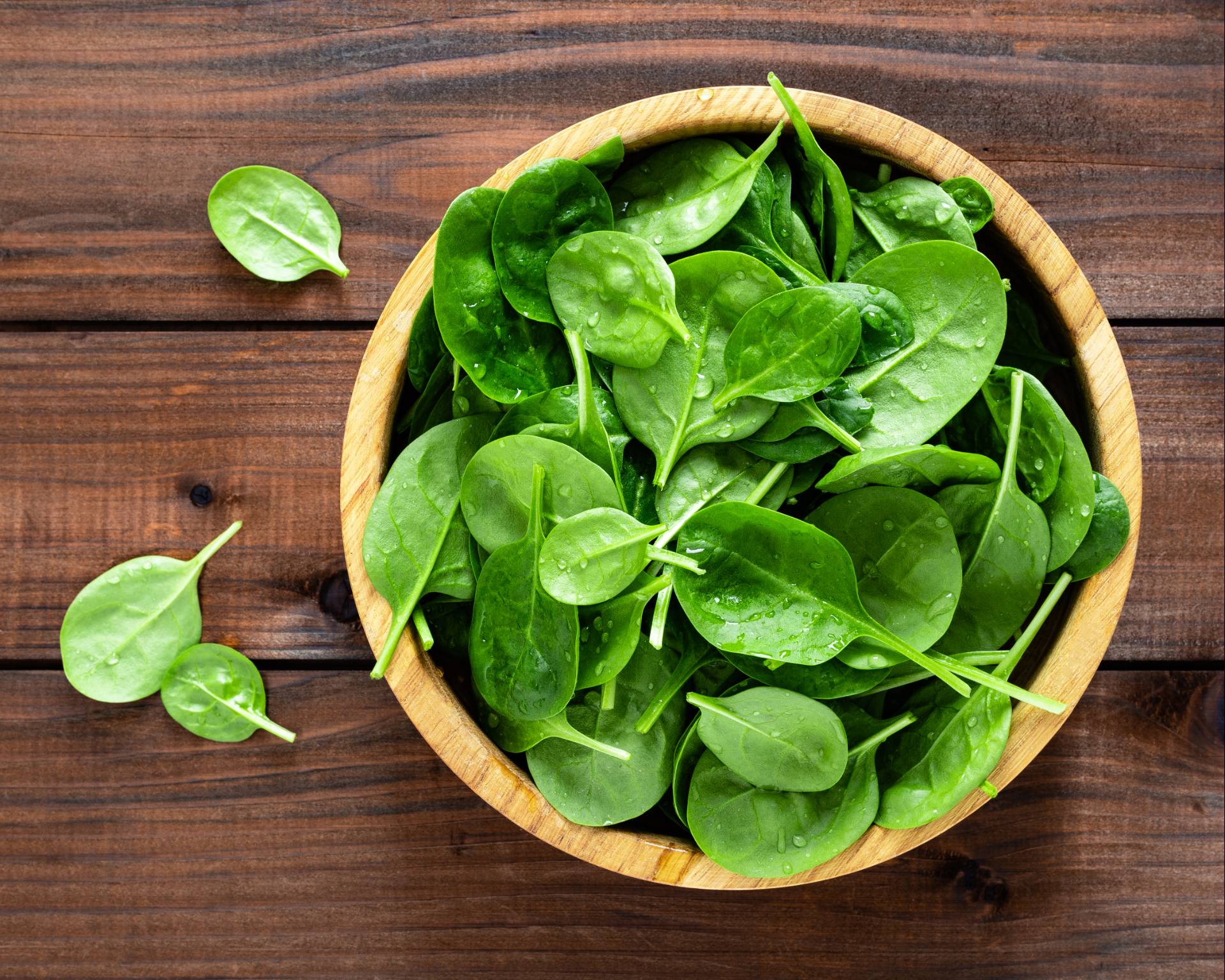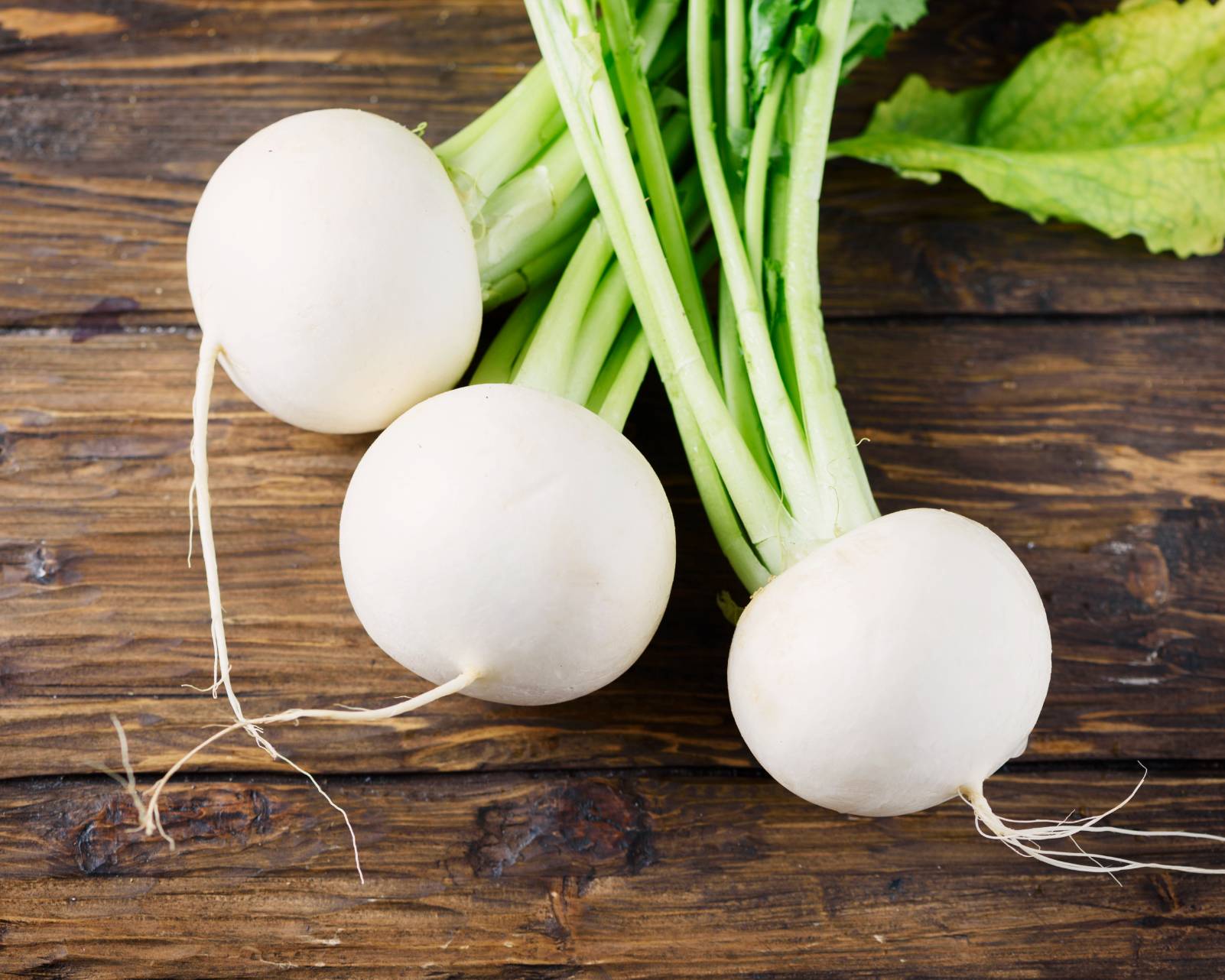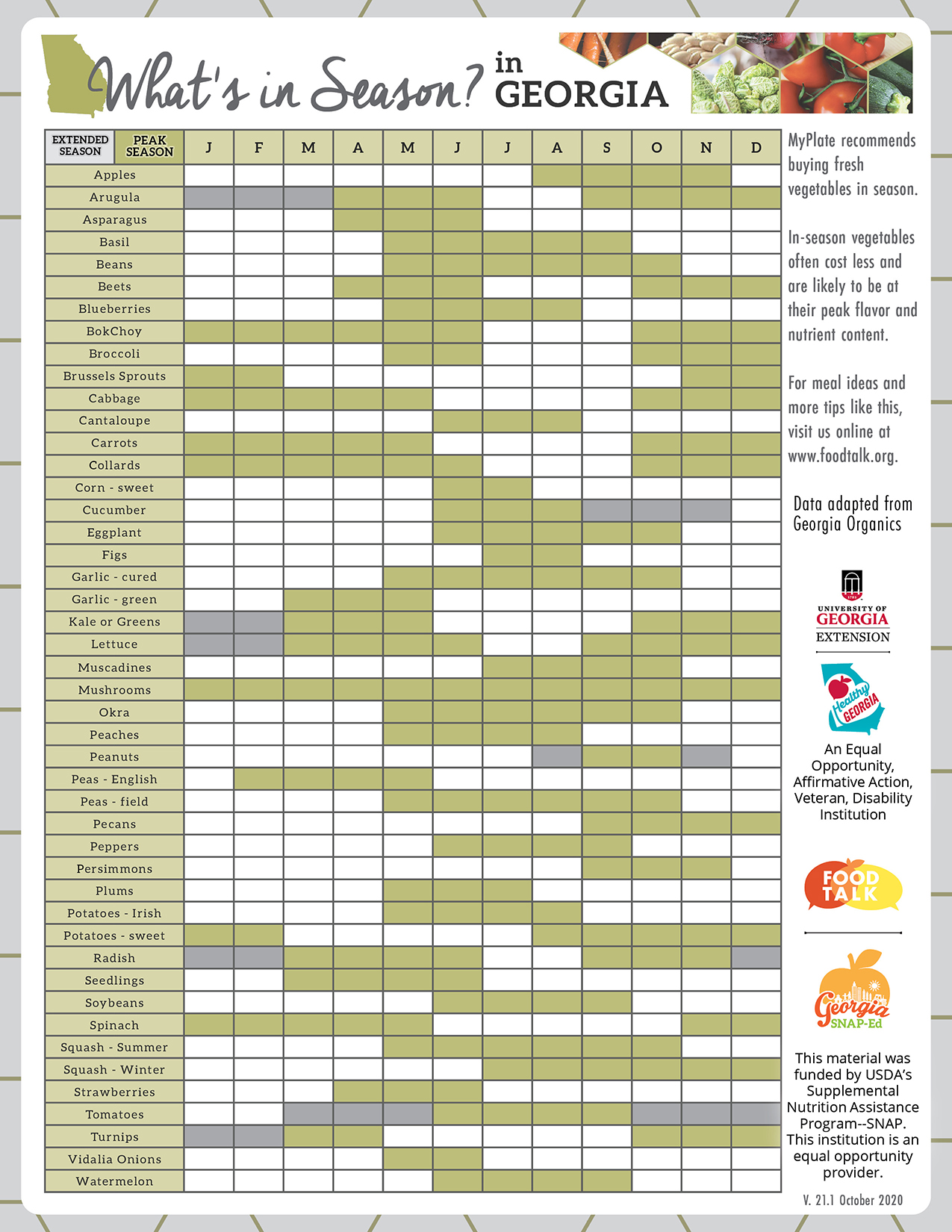What's In Season & Why Does It Matter?
Tuesday, March 5, 2024
by Catherine Sigman, Dining Services Nutrition Clerical
Why Should You Eat In Season?
We all know that eating fruits and vegetables is good for us, but why does it matter what’s in season? Studies have shown that when consumed soon after naturally-ripening, fruits and vegetables actually contain more vitamins, minerals, and anti-oxidants. This means that eating food in season not only tastes better, but it can also make you feel better!
Additionally, buying in season fruits and vegetables can benefit your finances due to the lower cost of in season crops. The lower price points are a result of reduced overhead costs needed to produce or transport out of season produce. Therefore, cheaper in season options not only save you money but can also benefit the farmers and markets in your community if you shop locally.
Shopping in season and locally also benefits the environment by reducing carbon dioxide emissions produced by cars, trucks, planes, and boats used to transport fruits and vegetables from far away.
Why Carrots?
 Carrots are full of beta-carotene, an orange-pigment color, which breaks down into
vitamin A after being consumed.
Carrots are full of beta-carotene, an orange-pigment color, which breaks down into
vitamin A after being consumed.
Although vitamin A won’t cure poor vision, it does support eye health, protect your eyes from the sun, and reduce your risk of developing cataracts. This is because vitamin A is essential to a light-sensitive protein in our eyes called rhodopsin that has been associated with retinal degeneration when eye health is not maintained.
Carrots have also been associated with healthier skin in a number of ways. The vitamin C in carrots aids in collagen production, which is a type of protein essential for skin elasticity and the prevention of wrinkles. Vitamin A also upkeeps skin health by attacking free radicals in the skin that can lead to skin aging and uneven pigmentation.
Why Spinach?

Spinach is a leafy green, so it provides many health benefits associated with the green produce category! Spinach is specifically high in vitamin K, lutein, and many other beneficial nutrients.
Although the mechanism is not yet fully understood, research suggests that these nutrients help to slow cognitive decline. Lutein, specifically, has demonstrated an association with the preservation of thinking abilities including verbal fluency, memory, and reasoning ability!
Iron, a mineral found abundantly in spinach, has been associated with reduced fatigue. Iron helps your body make hemoglobin which is a molecule largely responsible for transporting oxygen from your lungs to the rests of your body. This is why, without iron, your body can become fatigued.
Why Turnips?
 Turnip greens are full of calcium that make your bones stronger! Just one cup of boiled
turnip greens contains 197mg of calcium.
Turnip greens are full of calcium that make your bones stronger! Just one cup of boiled
turnip greens contains 197mg of calcium.
When bone tissue is made, a molecule called collagen lays out a framework. Then, as blood flows throughout this framework, calcium in the blood fills in the missing pieces. These crystals of calcium work together with collagen to make the bone, and as more calcium is added, your bones become healthier and stronger.
Turnips are also packed with insoluble fiber which is form of fiber that helps regulate the digestive tract. Unlike soluble fiber, insoluble fiber remains undissolved in water or gastrointestinal fluids. Because its indigestible, it remains intact in the gastrointestinal tract, promoting the processing of waste and helping to prevent any blockages or constipation that might occur.
Wondering what's in season? |
 |
Check out this helpful chart from FoodTalk.org. |
References:
Abbasi, B., Kimiagar, M., Sadeghniiat, K., Shirazi, M. M., Hedayati, M., & Rashidkhani, B. (2012, December). The effect of magnesium supplementation on primary insomnia in elderly: A double-blind placebo-controlled clinical trial. U.S. National Library of Medicine. https://www.ncbi.nlm.nih.gov/pmc/articles/PMC3703169/
Badaracco, C. (2019, May 1). Health benefits of Rhubarb . American Institute for Cancer Research. https://www.aicr.org/resources/blog/health-benefits-of-rhubarb/
Bone Health & Osteoporosis Foundation. (2023, May 24). Calcium and Vitamin D. Bone Health & Osteoporosis Foundation. https://americanbonehealth.org/best-bones-forever/why-do-our-bones-need-calcium/
Cleveland Clinic. (2023, January 31). What’s the difference between soluble and insoluble fiber? https://health.clevelandclinic.org/whats-the-difference-between-soluble-and-insoluble-fiber
Diabetes.co.uk. (2019, January 15). Soluble fibre. Diabetes.co.uk. https://www.diabetes.co.uk/nutrition/soluble-fibre.html
Hackensack Meridian Health. (2022, March 25). Is magnesium good for relaxation and sleep? HealthU. https://www.hackensackmeridianhealth.org/en/healthu/2022/03/25/is-magnesium-good-for-relaxation-and-sleep
Hariri, E., Kassis, N., Iskandar, J.-P., Schurgers, L. J., Saad, A., Abdelfattah, O., Bansal, A., Isogai, T., Harb, S. C., & Kapadia, S. (2021). Vitamin K — a neglected player in Cardiovascular Health: A Narrative Review. BMJ Journals, 8(2). https://doi.org/10.1136/openhrt-2021-001715
Harvard Health Publishing Medical School. (2021, February 15). The pros and cons of root vegetables. Harvard Health Publishing. https://www.health.harvard.edu/staying-healthy/the-pros-and-cons-of-root-vegetables
Harvard Health Publishing. (2017, April 10). Add color to your diet for good nutrition. Harvard Health Blog. https://www.health.harvard.edu/staying-healthy/add-color-to-your-diet-for-good-nutrition
Harvard Health Publishing. (2019, April 25). Phytonutrients: Paint your plate with the colors of the rainbow. Harvard Health Blog. https://www.health.harvard.edu/blog/phytonutrients-paint-your-plate-with-the-colors-of-the-rainbow-2019042516501
Harvard Health Publishing. (2021, March 6). Foods linked to better brainpower. Harvard Health Publishing Harvard Medical School. https://www.health.harvard.edu/healthbeat/foods-linked-to-better-brainpower
Harvard Health Publishing. (2021, August 17). The best foods for vitamins and minerals. Harvard Health Blog. https://www.health.harvard.edu/staying-healthy/the-best-foods-for-vitamins-and-minerals
Harvard T.H. Chan School of Public Health. Apples: Health benefits, risks & nutrition facts. Harvard T.H. Chan School of Public Health. https://www.hsph.harvard.edu/nutritionsource/food-features/apples/#:~:text=The%20phytochemicals%20and%20fiber%20in,spread%20of%20existing%20cancer%20cells.
Harvard T.H. Chain School of Public Health Bananas. The Nutrition Source. (2021, July 6). https://www.hsph.harvard.edu/nutritionsource/food-features/bananas/#:~:text=Bananas%2C%20rich%20in%20potassium%20and,4%2C700%20mg%20dietary%20potassium%20daily
Harvard T.H. Chan School of Public Health. (2022, April). Fiber. Harvard T.H. Chan School of Public Health. https://www.hsph.harvard.edu/nutritionsource/carbohydrates/fiber/
Harvard T.H. Chan School of Public Health. (2023, March). Vitamin A. Harvard T.H. Chan School of Public Health. https://www.hsph.harvard.edu/nutritionsource/vitamin-a/
Jenkins, T., Nguyen, J., Polglaze, K., & Bertrand, P. (2016). Influence of tryptophan and serotonin on mood and cognition with a possible role of the gut-brain axis. Nutrients, 8(1), 56. https://doi.org/10.3390/nu8010056
Lenahan, C., Sanghavi, R., Huang, L., & Zhang, J. H. (2020). Rhodopsin: A potential biomarker for neurodegenerative diseases. Frontiers in Neuroscience, 14. https://doi.org/10.3389/fnins.2020.00326
LibreTexts. Vitamin A. In Supplemental Modules (Biological Chemistry). LibreTexts. https://chem.libretexts.org/Bookshelves/Biological_Chemistry/Supplemental_Modules_(Biological_Chemistry)/Vitamins_Cofactors_and_Coenzymes/Vitamin_A#:~:text=One%20way%20in%20which%20beta,carotene%20dioxygenase%20to%20form%20retinal.
Lin, B., Gong, C., Song, H., & Cui, Y. (2016). Effects of anthocyanins on the prevention and treatment of cancer. British Journal of Pharmacology, 174(11), 1226–1243. https://doi.org/10.1111/bph.13627
Michigan Apples. 10 reasons why you should eat an apple a day. Michigan Apples. https://www.michiganapples.com/healthy-living/healthy-living-blog/10-reasons-why-you-should-eat-an-apple-a-day/
Mlcek, J., Jurikova, T., Skrovankova, S., & Sochor, J. (2016). Quercetin and its anti-allergic immune response. Molecules, 21(5), 623. https://doi.org/10.3390/molecules21050623
Mohn, E. S. S., Erdman, J. W., Smith, J. W., Kuchan, M. J., Johnson, E. J., Rubakhin, S. S., Wang, L., Sweedler, J. V., & Neurringer, M. (2015, October 9). Lutein and Brain Function. MDPI. https://www.mdpi.com/2304-8158/4/4/547
Singh, M. N., Srivastava, R., & Yadav, Dr. I. (2021). Study of different varietis of Carrot and its benefits for Human Health: A Review. Journal of Pharmacognosy and Phytochemistry, 10(1), 1293–1299. https://doi.org/10.22271/phyto.2021.v10.i1r.13529
SNAP-Ed. (n.d.). Seasonal produce guide. SNAP-Ed. https://snaped.fns.usda.gov/resources/nutrition-education-materials/seasonal-produce-guide
Thomas, L. N., & Mcintosh, W. A. (2013). “it just tastes better when it’s in Season”: Understanding why locavores eat close to home. Journal of Hunger & Environmental Nutrition, 8(1), 61–72. https://doi.org/10.1080/19320248.2012.761572
University of Maryland Medical System. (2022, April 5). Seasonal eating. University of Maryland Medical System. https://health.umms.org/2022/04/05/seasonal-eating/
U.S. Department of Agriculture. (2019, April 1). Turnip greens, cooked, boiled, drained, without salt. FoodData Central. https://fdc.nal.usda.gov/fdc-app.html#/food-details/170466/nutrients
Wicks, L. (2023, January 10). 6 amazing health benefits of carrots. EatingWell. https://www.eatingwell.com/article/2060606/health-benefits-of-carrots/